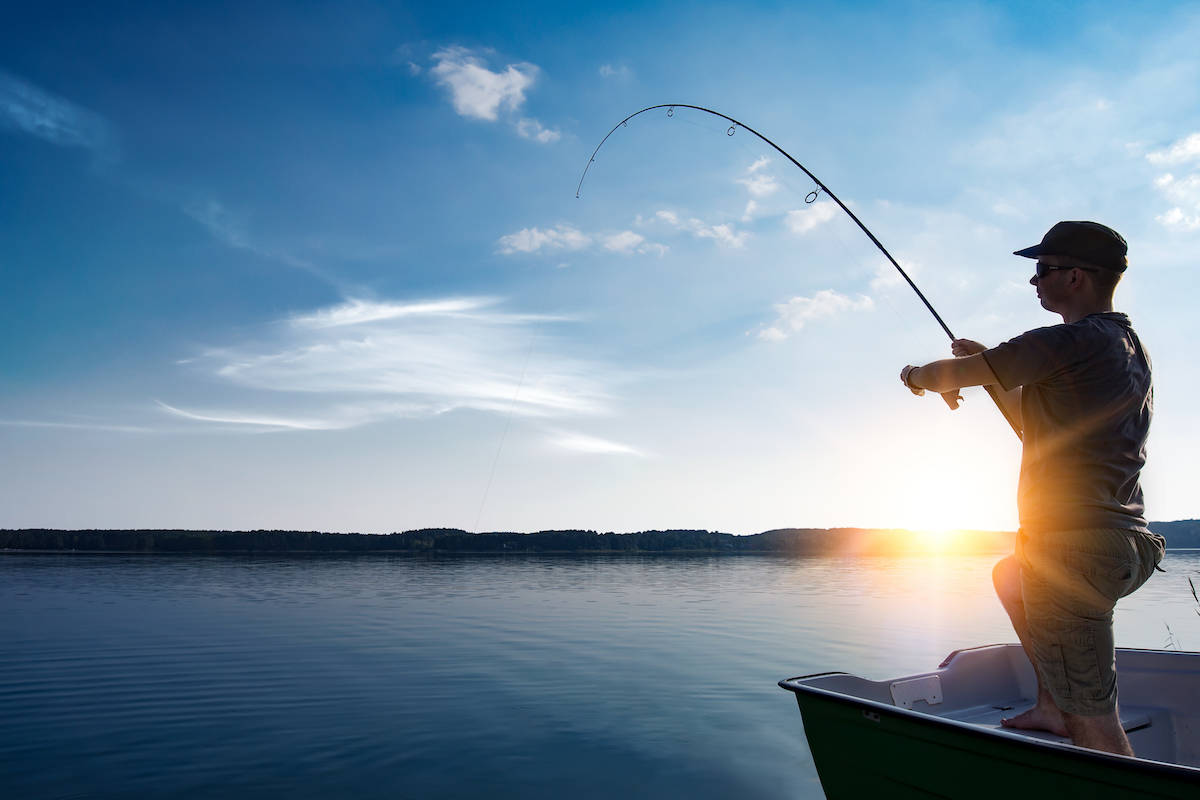Are fly anglers creative? Just look at their flies
After a lifetime of fishing, I have decided that fly anglers are among the most creative people in the world. If you don’t believe me, just open their fly boxes. Or better yet, look through the fly section of a fishing catalog — paper or digital — or let your fingers walk through the fly selection at your favorite outdoor store.
There you will find products with names like Lefty’s Deceiver, Royal Coachman, Hare’s Ear Nymph, Elk Wing Caddis, Clouser Minnow, Bead Head Flash Zonker, Prince Nymph and Copper John to name a few of the hundreds of patterns available. Sometimes the names will tell you what the flies are made of, but oftentimes they seem completely random and just as creative as the fly they represent. In other words, there is no apparent connection.
Through the centuries, flies have been made from a wide variety of materials, ranging from feathers to foam, mylar strips to peacock herl, hair to metal beads, and from chenille to rabbit fur. And that list is not even close to being partial let alone complete. These materials are generally held together with wraps of thread and a bit of glue.
If you look closely, it is amazing how a fly pattern’s inventor has combined various materials to create a fly that resembles something specific in a fish’s diet. It may be an insect but also could be a mouse, crayfish or baitfish.
Then again, sometimes flies do not resemble anything specific but instead imitate many things a fish might eat. Some flies are designed to float, thereby targeting fish that are actively feeding on top of the water. Others are designed to sink and catch fish feeding below the surface. To accomplish those tasks, fly patterns can be quite complex, amazingly simple, or somewhere in between.
Consider the Cheeto Fly, for example. As the name suggests, this fly is designed to resemble a Cheeto floating on the water and is quite effective at fooling carp. Created by John Campbell, a professional fly-fishing guide from Henderson, the Cheeto fly is made from an orange foam ear plug like those used at the shooting range. All you have to do is cut the ear plug in half, slide one of the pieces onto a hook leaving the business end exposed and you are in business.
Then there is the Woolly Bugger, a relatively simple fly that is often one of the first patterns someone learns to fly. However, it is much more than a fly that is relatively easy to tie. It might well be one of the most productive fly patterns ever invented. The folks at Orvis describe the Woolly Bugger as “the most recognizable, and likely the most commonly fished streamer fly ever tied.”
Though its creator, the late Russell Blessing of Pennsylvania, invented the fly to catch smallmouth bass in rivers near his home, the Woolly Bugger catches just about anything that swims and has been used in waters of all sizes. While fishing at Echo Canyon Reservoir one summer day, I caught rainbow trout, largemouth bass and crappie all on the same fly, a brown Woolly Bugger.
In an interview for an article authored by Kirk Werner and published in “Fly Rod and Reel,” Blessing’s son Fred said the original version of the Woolly Bugger had an olive chenille body wrapped in black hackle (feather) and a marabou tail. He said the key is the hackle and the marabou, which provide movement to the fly even when you are dead-drifting it.
Where did the name Woolly Bugger come from? The younger Blessing told Werner that when his younger sister, who was seven years old the time, saw the fly, she said, “It looks like a Woolly Bugger.” The name stuck.
Today this uniquely American creation can be found in a wide variety of colors and configurations depending on what is needed or the intended catch. I would venture to bet that the Woolly Bugger is perhaps the most adapted and most widely used fly pattern ever tied.
If there is one fly pattern every angler should have, whether you fish with spinning gear or a fly rod, it is a Woolly Bugger.
Freelance writer Doug Nielsen is a conservation educator for the Nevada Department of Wildlife. His “In the Outdoors” column, published Thursday, is not affiliated with or endorsed by the NDOW. Any opinions he states in his column are his own. Find him on Facebook at @dougwritesoutdoors. He can be reached at intheoutdoorslv@gmail.com

















